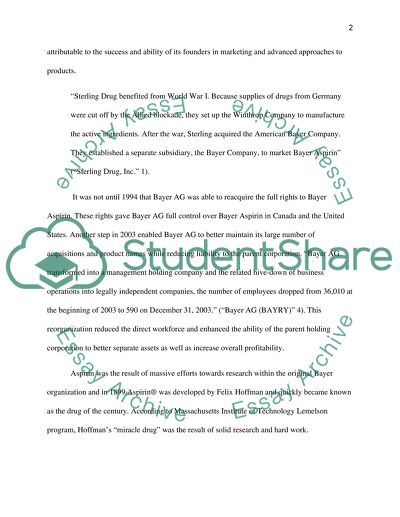Cite this document
(“Research Activities Paper Example | Topics and Well Written Essays - 1750 words”, n.d.)
Retrieved from https://studentshare.org/family-consumer-science/1418646-research-activities
Retrieved from https://studentshare.org/family-consumer-science/1418646-research-activities
(Research Activities Paper Example | Topics and Well Written Essays - 1750 Words)
https://studentshare.org/family-consumer-science/1418646-research-activities.
https://studentshare.org/family-consumer-science/1418646-research-activities.
“Research Activities Paper Example | Topics and Well Written Essays - 1750 Words”, n.d. https://studentshare.org/family-consumer-science/1418646-research-activities.


